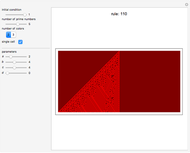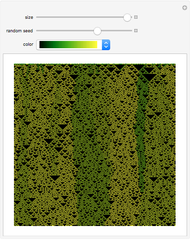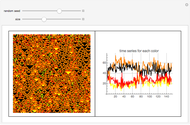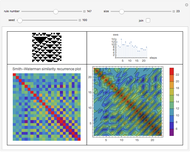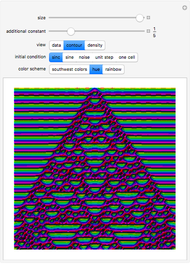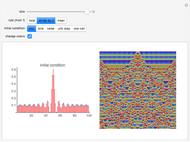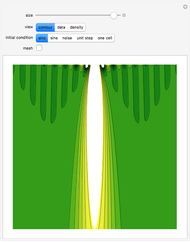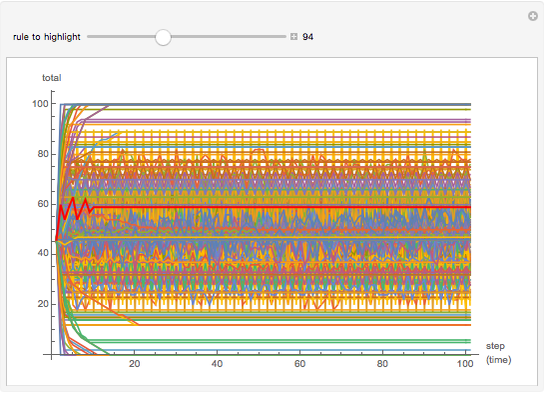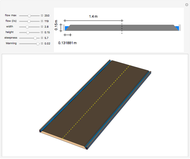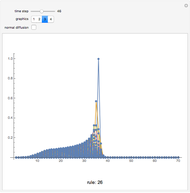Applying the Iota-Delta Numerical Function to Describe Normal and Anomalous Diffusion Using the Rules 26 and 146

Requires a Wolfram Notebook System
Interact on desktop, mobile and cloud with the free Wolfram Player or other Wolfram Language products.
Given the universality of the iota-delta function, we can suppose that it can be used to describe natural phenomena. The description of physical systems can be thought of not only qualitatively (by means of colors) but also numerically by means of taking advantage of the numerical outputs of the function itself. A first point of interest is the control of the sum of the lines. By making a parallel between the iota-delta function and physical systems, if the position in the cellular net is assumed to be a spatial coordinate, the sum of the values of each line of the cellular automaton net is nothing but the amount of a given physical variable in the whole system. In conservative systems, it is clear that the sum of every line must be the same, and we multiply the iota-delta function by a scaling constant  . This yields a quantitative interpretation of physical phenomena, as the value of a cell in the cellular automaton net is given as:
. This yields a quantitative interpretation of physical phenomena, as the value of a cell in the cellular automaton net is given as:
Contributed by:André Luís Brasil Cavalcante, Luan Carlos de Sena Monteiro Ozelim, and Lucas Parreira de Faria Borges. (July 2012)
Advisor: Todd Rowland
Open content licensed under CC BY-NC-SA
Snapshots
Details
References
[1] L. C. S. M. Ozelim, A. L. B. Cavalcante, and L. P. F. Borges, "Continuum versus Discrete: A Physically Interpretable General Rule for Cellular Automata by Means of Modular Arithmetic." arxiv.org/ftp/arxiv/papers/1206/1206.2556.pdf.
[2] J.-P. Letourneau, "Statistical Mechanics of Cellular Automata with Memory," M.S. thesis, Department of Physics and Astronomy, University of Calgary, Alberta, Canada, 2006. www.rule146.com/thesis/msc-thesis-letourneau-eca-memory.pdf.
Permanent Citation









